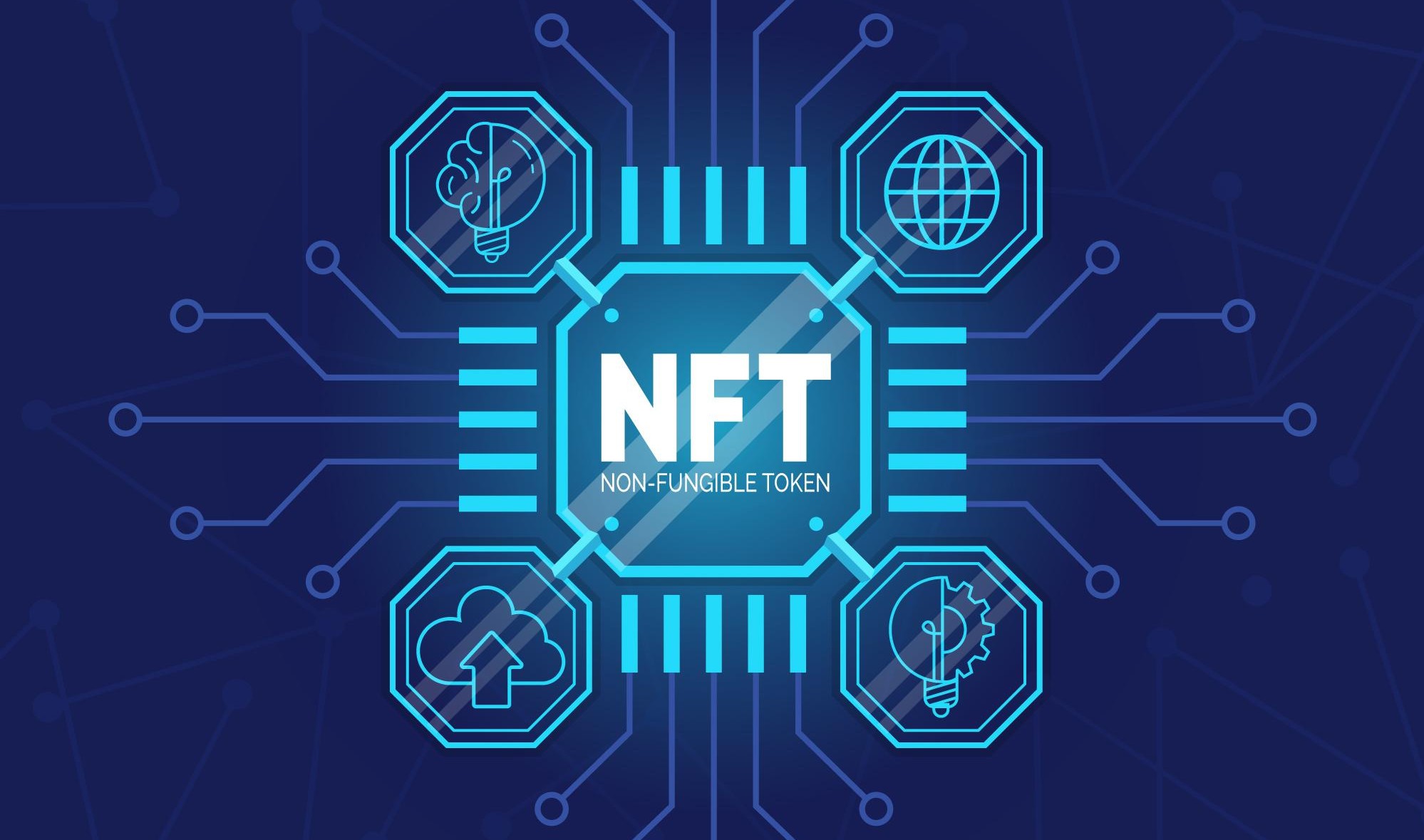-
With the increasing popularity of non-fungible tokens (NFTs), creators are introducing an array of NFTs. Yet, it's becoming challenging for investors to keep track of multiple NFT drops. An NFT calendar addresses this challenge for users and brings all the NFT airdrop events in one place. These calendars provide comprehensive information regarding upcoming NFT events, drops, and projects. Delve into this blog to explore NFT calendars, their advantages, features, and more, in addition to our expertise in NFT development.
Understanding NFT Calendars
NFT calendars serve as digital hubs, equipped with features, updates, and insights tailored for enthusiasts of non-fungible tokens. They act as online platforms, tools, or software. They organize a dynamic space where users can access real-time information on the latest NFT drops. Beyond just updates, these calendars foster a sense of community. It allows users to share NFT-related events and developments, thus cultivating an environment of continuous learning and engagement. Users can utilize an NFT calendar for precise timings, countdowns, and anticipation-building mechanisms for each NFT drop. NFT calendars offer a rich repository of knowledge. They serve as a valuable resource for mastering the art of minting, selling, and effectively promoting personalized non-fungible tokens. The scope of NFT calendars extends beyond individual users. Brands and creators can harness their power by adding their new NFT drops to the calendar to effectively amplify their visibility. This strategic move elevates the exposure of NFT projects. Also, it boosts a surge in sales and engagement, contributing to the burgeoning success of novel NFT ventures. Suggested Read |NFT Ticketing Marketplace | Unlocking the Future of Ticketing
Benefits of NFT Calendars
Navigating the landscape of NFT projects often involves seeking out details on specialized marketplaces such as OpenSea and AirNFTs. However, these platforms are predominantly designed for the buying and selling of non-fungible tokens. They leave a gap when it comes to accessing valuable insights about forthcoming NFT events, drops, or projects. Here, NFT calendars emerge as a vital resource that can address this issue. They give the benefits of NFT airdrops for both investors and artists. The allure of NFT calendars lies in their role as a research hub for exploring new NFT projects. Further, they offer knowledge about the intricacies of non-fungible tokens. These calendars seamlessly amalgamate upcoming events with airdrop deadlines, a feature of paramount importance. Creators, recognizing the potential of NFT calendars, can strategically leverage them to broaden the exposure of their nascent projects. You May Also Like |NFTs in Healthcare: Applications to Know
Features of an NFT Calendar
NFT calendars are rich with features that redefine how we engage with time and art. The integration of functional and interactive elements creates an immersive experience that goes beyond traditional calendars. Monthly artworks capture the essence of each moment, while event reminders and interactive elements keep users engaged. The integration of NFT marketplaces ensures seamless access to a world of artistic treasures. Here are the features in detail:

Monthly Artwork
This feature in an NFT calendar refers to the inclusion of unique and visually compelling artworks. These projects correspond to each month of the calendar year. It enhances the calendar experience by infusing it with creative aesthetics.
Social Sharing IntegrationIntegrated NFT Marketplaces
NFT calendars offer direct access to integrated NFT marketplaces, allowing users to seamlessly explore and acquire unique pieces of digital art. This integration fosters a sense of community. It enables collectors and enthusiasts to connect with artists, explore diverse collections, and even discover hidden gems within the NFT ecosystem. Also, Check | Definitive Features for NFT Marketplace Development
Event Reminders
The event reminders feature of an NFT calendar is a valuable functionality designed to enhance user engagement. It ensures that users don't miss out on important NFT-related events, drops, or releases. This feature enables users to set alerts or notifications for specific events within the calendar.
Virtual Collectibles
Virtual collectibles refer to a curated collection of digital assets in the form of NFTs. Users can interact with, explore, and potentially acquire virtual collectibles through the calendar platform. This feature adds an exciting and interactive dimension to the calendar experience.
QR Codes and Augmented Reality (AR)
QR codes and augmented reality open gateways to an enhanced NFT calendar experience. Users can scan QR codes to unlock hidden content, artist insights, and exclusive digital experiences. Augmented reality overlays digital art onto physical spaces. It bridges the gap between the virtual and the real in innovative and engaging ways.
Social Sharing Integration
An NFT calendar must also integrate social sharing features. Users can share their favorite artworks and discoveries with the world. This feature fosters a sense of community and initiates conversations. Explore More | Dynamic NFTs | Understanding the Dynamics of dNFTs
Popular NFT Calendars
The NFT calendar landscape is rich with creativity and diversity. Here are the popular NFT calendars:
NFTCalendar
NFTCalendar, the first calendar in the NFT Universe, spotlights the works of established and emerging artists. It showcases artists' collections or individual pieces across diverse marketplaces and platforms. The platform covers various NFT events, drops, and high-profile releases in the NFT industry.
NFT Drops Calendar
The NFT Drops Calendar offers investors seamless navigation through drops. It enables efficient searches with sorting options like mint date, price, or creator's social metrics. It's an all-in-one resource for informed NFT exploration. Also, Discover | Types of NFTs (Non-Fungible Tokens) You Didn't Know
NFT Calendar Development
NFT calendars bridge the gap that traditional NFT marketplaces inadvertently leave. They serve as critical information repositories and cultivate an ecosystem. Enthusiasts, investors, and creators can utilize these calendars for a new era of connectivity, opportunity, and prosperity within the NFT world. NFT calendar development requires assistance from an NFT development company like Oodles. Connect with our experts to discuss your project needs.

Our Offices
INDIA
Emaar Digital Greens, Sector 61,
Gurugram, Haryana
122011.
Welldone Tech Park,
Sector 48, Sohna road,
Gurugram, Haryana
122018.















